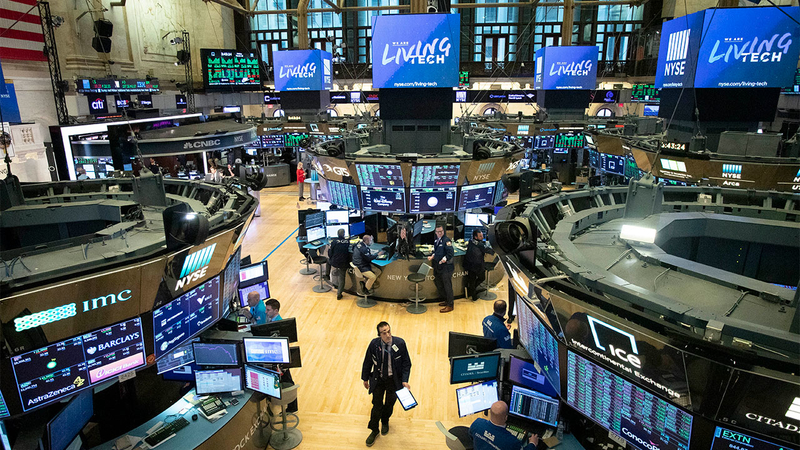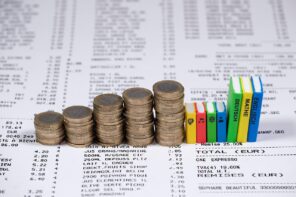The coronavirus pandemic has caused turmoil in financial markets and businesses around the globe. As the economy falls into recession, the outlook is grim for many industries whose business models have been squashed by the strict guidelines in place to curb the virus. The American government has rushed to protect some of these industries. Airlines are a centerpiece case; under the bailout terms, they will receive billions in grants from the government to shield them from the impact of travel restrictions. While these bailouts will certainly aid companies in paying salaries and will hopefully allow workers to retain their jobs, many people are asking why they weren’t prepared for something like this in the first place.
Before the pandemic hit, the markets were enjoying the longest bull run in history, and corporations were doing better than ever. In fact, the CEO of American Airlines (who will receive a considerable portion of those grants), claimed in 2017 that his company would never lose money again. A little more than 2 years later, it’s clear that he was slightly over-optimistic. The story remains the same across many industries, as companies lay off or furlough employees in an attempt to stay afloat. Many claim one enemy is the reason corporations don’t have the cash to protect themselves: stock buybacks.
After the repurchases, the number of outstanding shares is reduced. Simple intuition shows that lower supply drives up the price
Stock buybacks weren’t always as prominent as they are today. In 1982 the US Security and Exchange Commision (SEC) adopted a rule which allows companies to buy back their own stock in mass as long as certain requirements are met. Stock buybacks occur when a company uses its accumulated cash to repurchase its own shares, essentially re-investing in the company. After the repurchases, the number of outstanding shares is reduced. Simple intuition shows that lower supply drives up the price; this occurs because the relative ownership of each share increases, making them more valuable. Before the 1982 rule, stock buybacks were allowed, but companies risked facing manipulation charges if executed and thus they weren’t very popular.
466 companies in the S&P 500 spent 53 percent of their profits on stock buybacks from 2008-2017
Stock buybacks have become prominent as companies grow increasingly obsessive over their share prices. One possible explanation dates back to the 1980s, during the era of the corporate raiders. CEOs and other executives were ousted from their companies by large investors who made vast sums of money driving up share prices through cost-cutting and other methods. These raiders shifted corporate culture, as executives sought to raise their own share prices in fear of being ousted. The result was a change in focus from all stakeholders to only shareholders. Moreover, stock buybacks are a popular choice among executives who are increasingly earning their money through stock-based compensation. Driving up the stock price only makes their compensation more lucrative.
Simply put, stock buybacks vastly reduce the amount of cash companies have on hand. 466 companies in the S&P 500 spent 53 percent of their profits on stock buybacks from 2008-2017. When you add dividend payments on top of that, the proportion tops 90 percent. So if stock buybacks didn’t exist, would companies be more flexible in times of crisis?
There’s certainly no definite answer. For one, companies would retain more of their profits. The uncertainty lies in where that money would be spent, if not on buybacks. It may be the case that at least some companies would still opt to lay off or furlough employees because it’s cheaper. Furthermore, the extra earnings might be put toward R&D or other areas of the company. However, the unfortunate reality is that for investors, it’s almost impossible to determine and ensure that companies would be spending their extra cash responsibly if they had it.








